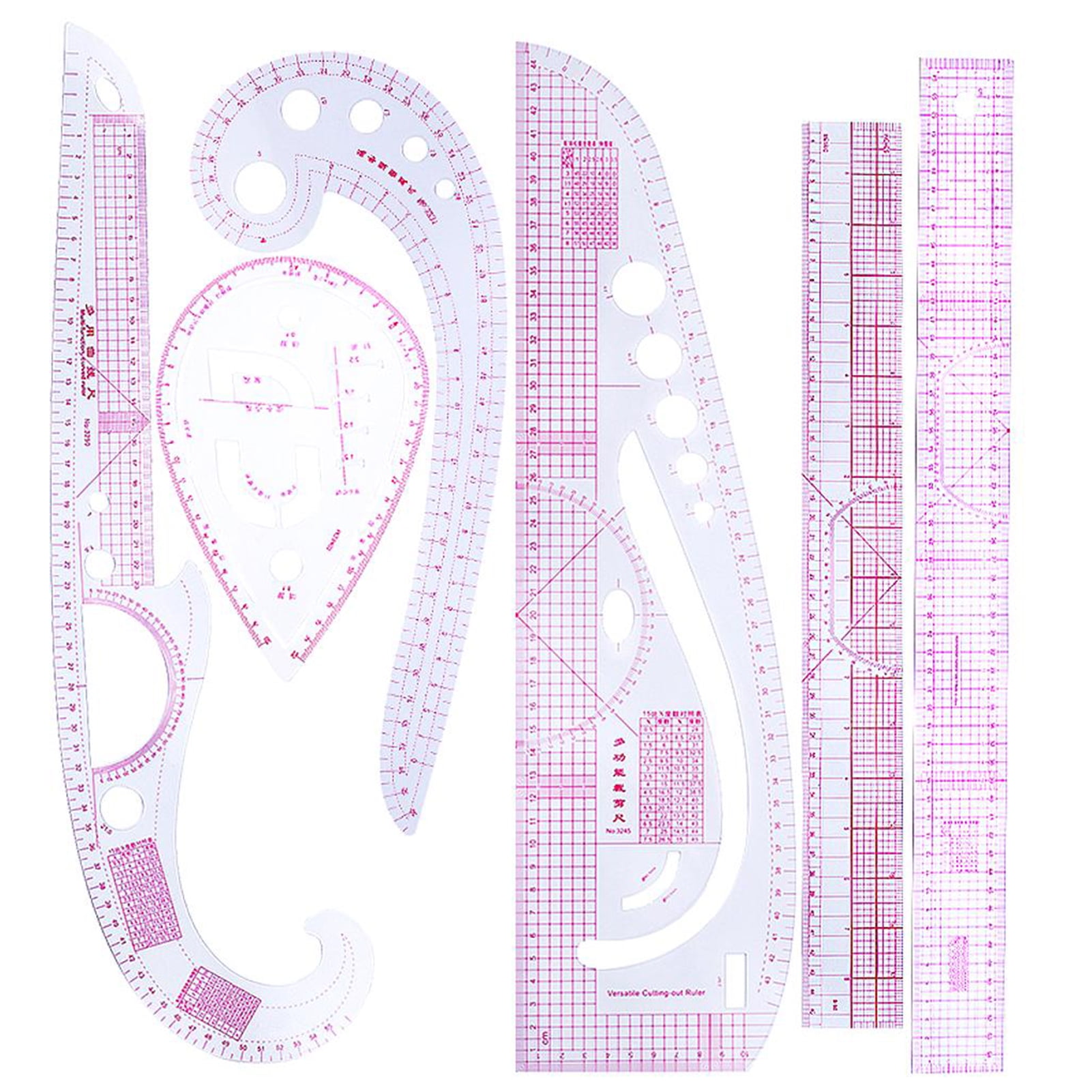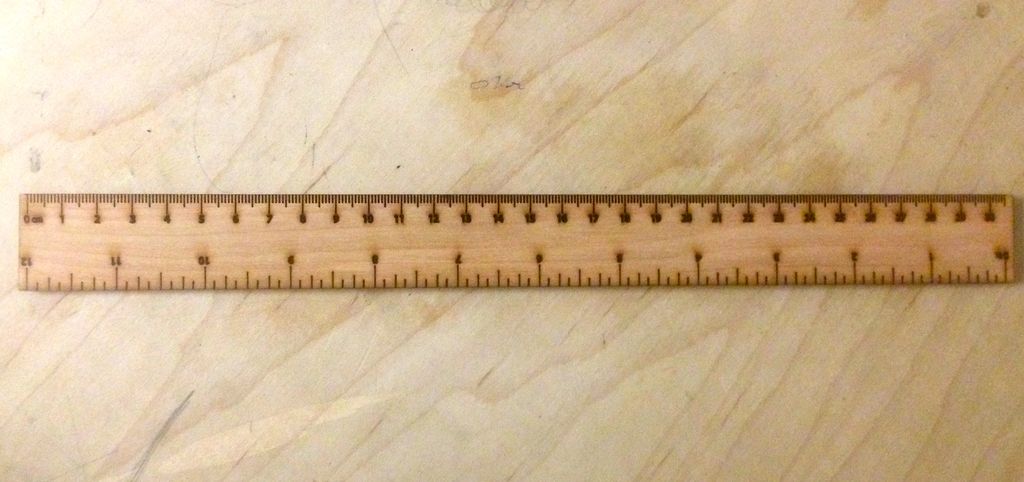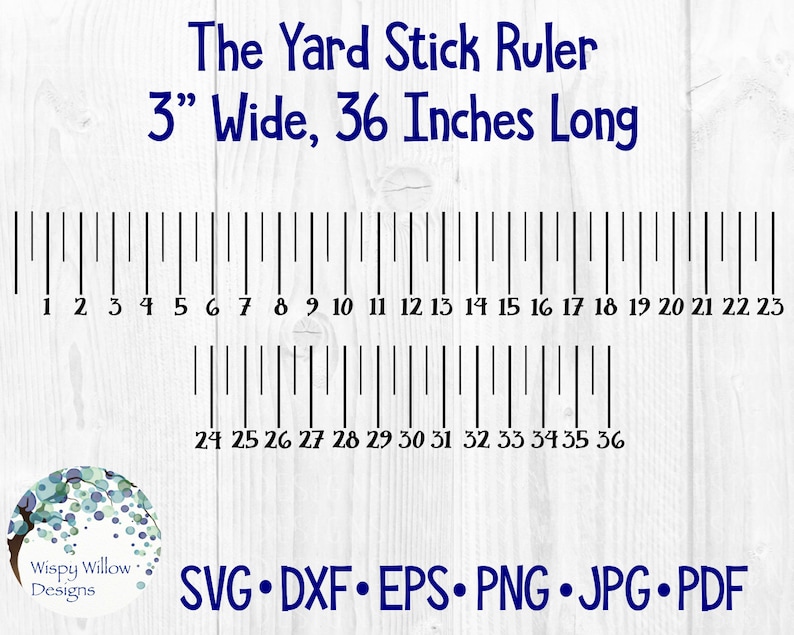
Or in other words, you can scale the width and height independent of each other.

Clicking and dragging them will allow you to resize your image in such a way that you can distort the dimensions if you’d like. The transformation handles are represented as small arrows at the corners and sides of the selected object.

Once activated, all you have to do to resize an image in Inkscape is click on the image with the Select Tool in order to activate it, then click and drag one of the transformation handles to resize your image: The image was scaled down manually using the transformation handles. Step 3: Click and drag the transformation handles to scale your image It’s the first tool at the top of the tools menu and should be the default tool that is active when you launch Inkscape:Īlternatively, you can access it by pressing the letter S on your keyboard. Step 2: Activate the Select Tool and click on your image to select itĪctivate the Select Tool in Inkscape. Or you can also import it by simply copy and pasting it onto your canvas.įor the demonstration I will be using the following example image: Click to enlarge. Alternatively, you can import the image into your current workspace by pressing Control + I on your keyboard. You can open the image file by pressing Control + O on your keyboard and locating the file or your hard drive. Step 1: Open your imageįirst, if you haven’t already done so, open your image with Inkscape or import it onto your canvas.
#Inkscape change ruler to inches how to#
Let’s first go over how to resize an image in Inkscape by manually scaling it up and down with your hand movement, then we’ll go over how to make a more precise transformation.
#Inkscape change ruler to inches plus#
You need the plus sign to tell InDesign to add the 1/ 16 to the 1.īy the way, you can just as easily put the fraction first and get the same result.Table of Contents Method 1: Resize An Image Manually You can’t just put “11/16” or “1 1/16” because then InDesign thinks you want 11/ 16 of an inch. So regardless of whether you’re using Inches or Inches Decimal, to make an object 1 1/ 16 inch wide, you enter “1+1/16” in the Width field.

You just have to do it in a way that InDesign will accept, namely, as part of a math expression.

However, you can enter fractions in these fields for moving and sizing objects. Panel fields always display decimal units. Here’s what the rulers look like with decimal inches: (Though you can hold the Shift key as you’re dragging guides and they will snap to the ruler increments, so the results you get then will also depend on the preference). All the preference does is change the units that appear on the rulers themselves. Nor will it change the way you can enter measurement values. In InDesign there are several measurement systems you can choose from, including two kinds of inches, plain “Inches,” and “Inches Decimal.”Ĭhoosing either one in Preferences, or by right-clicking the origin point of the rulers will not affect the measurements you see in any of InDesign’s panels. From time to time, I’ve seen folks be confused about the use of decimal inches in InDesign, so I just thought I’d write up a quick post on the topic.


 0 kommentar(er)
0 kommentar(er)
